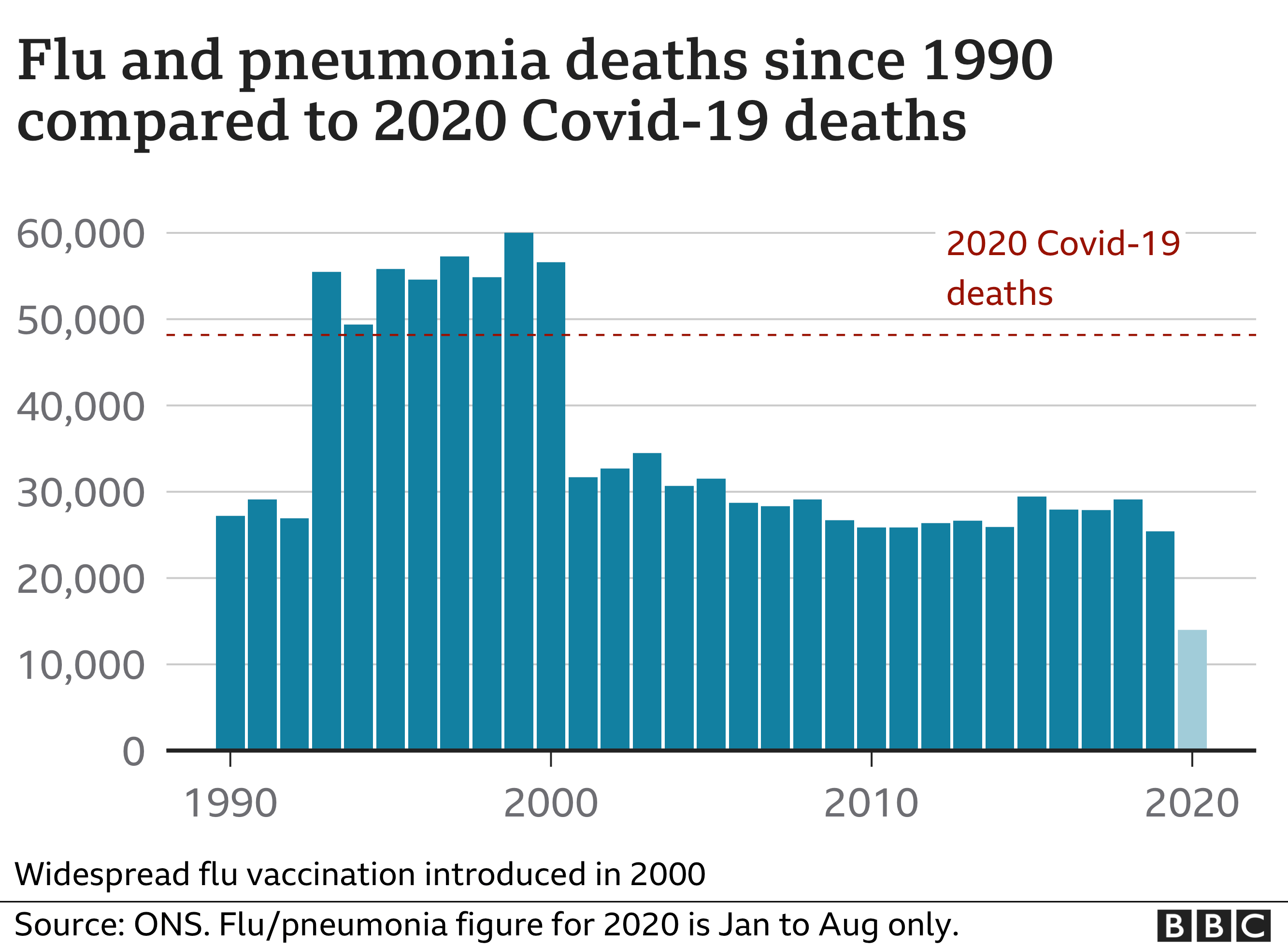
It is hypothesized that disparity in those deaths occurring above life expectancy will vary across political borders, perhaps due to wealth inequality.Īssessing reported COVID-19 deaths: above and below life expectancy While controlling for regional life expectancy, the aim of this survey was to uncover if the majority of COVID related deaths occur above or below life expectancy. COVID-19 related deaths were then placed into binary categories (i.e., ‘deaths above life expectancy’, and ‘deaths below life expectancy’). To determine if COVID-19-related deaths are associated with life expectancy, deaths incidences above and below life expectancy were assessed across eight countries. While many factors may explain life expectancy increase, wealth inequality may also play a role, as it has dramatically increased since the late 20 th century, 12 and may affect a country’s ability or inability to assuage the outcome of infectious diseases. 11 Since 1900, life expectancy has increased, as life expectancies in South Africa, U.S., and Sweden are now ∼60, ∼70, and ∼80 years, respectively. life expectancy was 48 years of age, 10 at the same time, infectious diseases such as influenza, Mycobacterium tuberculosis, and enteritis-and diarrhea causing-parasites are thought to have caused 31% of all U.S. While pandemics including bubonic plague, Spanish flu and the HIV/AIDS have long plagued the human population, 7 - 9 the recent COVID-19 pandemic features a novel coronavirus that is controversial because of its impact on older individuals, which may not have necessarily achieved life expectancy. Life expectancy is the expected age which the average individual of a given population reaches before being deceased. 3 Through economic hardship, estimated infection rates, health risks, and fatalities, 4 - 6 SARS-CoV-2 is responsible for a great deal of harm via the most recent global pandemic, and it has forced society to re-imagine life expectancy. 2 SARS-CoV-2 is the cause of the 2020 coronavirus pandemic (COVID-19), which was first identified in Wuhan, China, and is now present in 215 countries. 1 Eight years later (i.e., 2020), the latest outbreak features severe acute respiratory syndrome coronavirus 2 (SARS-CoV-2), which afflicts both pulmonary and extrapulmonary systems. Not too long after (i.e., 2012), Middle East respiratory syndrome coronavirus (MERS-CoV) emerged onto the scene. In 2004, the first outbreak featured severe acute respiratory syndrome (SARS) coronavirus-1 (CoV-1).
#AVERAGE AGE OF COVID DEATHS IN US ARCHIVE#
Previous Chapter 93 reports: Archive of Chapter 93 COVID-19 Data.Since the turn of the century, coronavirus outbreaks have become the norm. This data is posted in response to Chapter 93 of the Acts of 2020, and includes testing, case, and death data and relevant demographics.
#AVERAGE AGE OF COVID DEATHS IN US UPDATE#

For example, if a case was diagnosed the “Week of” column would say. Please note: Beginning April 2023, the daily and aggregative Chapter 93 Elder Facilities Reports incorporate a new column called “Week of.” This column will show the date of the Sunday of the start of the week in which the event occurred.

Chronic Diseases and Risk Behavior (BRFSS Small Area Estimates) DataĬhapter 93 data reports are posted as they become available, Monday-Friday.Behavioral Risk Factor Surveillance System (BRFSS) Data.Health Care Facilities in Massachusetts.



 0 kommentar(er)
0 kommentar(er)
